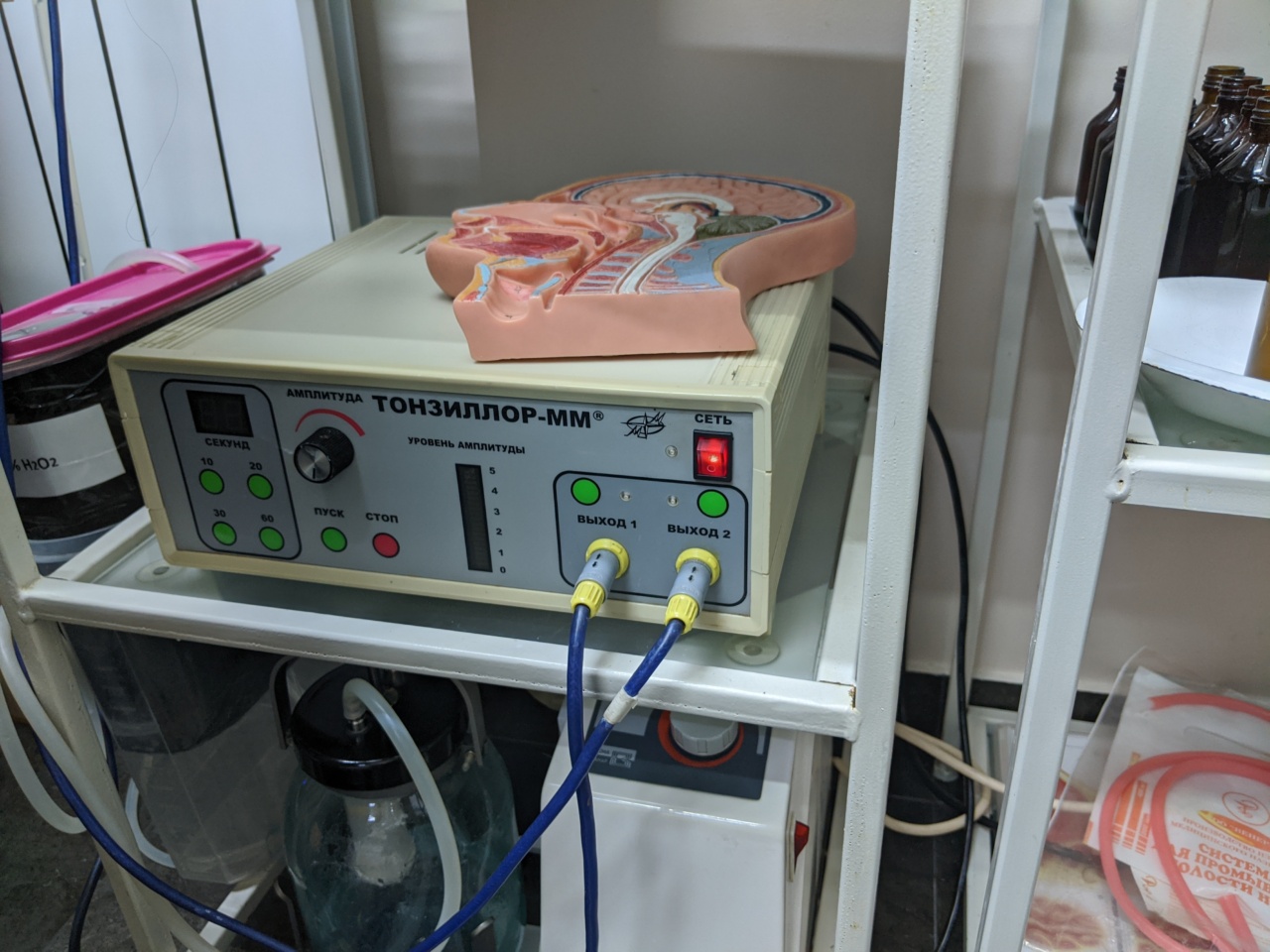Throat pain is a common symptom that can be caused by various conditions, including infections, acid reflux, and allergies. However, in some cases, persistent throat pain may be a warning sign of a more serious condition, such as almond cancer.
What is almond cancer?
Almond cancer, also known as tonsil cancer or oropharyngeal cancer, is a type of cancer that develops in the tissues of the almond-shaped structures at the back of the throat called the tonsils.
It is a relatively rare form of cancer, but its incidence has been increasing in recent years.
Symptoms of almond cancer
Almond cancer may initially present with few or no symptoms, which can make early detection challenging. However, as the cancer progresses, individuals may experience the following symptoms:.
- Persistent throat pain: One of the most common symptoms of almond cancer is persistent throat pain that does not improve with time or conventional treatments.
- Difficulty swallowing: Almond cancer can cause difficulty or pain while swallowing, also known as dysphagia.
- Ear pain: The pain may radiate to the ears, leading to persistent ear discomfort.
- Changes in voice: Almond cancer can affect the voice, causing hoarseness or other voice changes.
- Swollen lymph nodes: Enlarged lymph nodes in the neck may be a sign that the cancer has spread.
- Unexplained weight loss: Sudden and unexplained weight loss may occur in individuals with almond cancer.
- Blood in saliva or phlegm: In some cases, blood may be present in saliva or phlegm.
Causes and risk factors
The exact cause of almond cancer is still unknown. However, certain factors can increase the risk of developing this type of cancer. These include:.
- Tobacco and alcohol use: Heavy tobacco and alcohol consumption are significant risk factors for almond cancer.
- Human papillomavirus (HPV) infection: Certain strains of HPV, particularly HPV-16, have been linked to an increased risk of developing almond cancer.
- Gender: Men are more likely to develop almond cancer than women.
- Age: Almond cancer is more common in individuals over the age of 50.
Diagnosis
If persistent throat pain or any other symptoms of almond cancer are present, it is crucial to seek medical attention. A healthcare professional will perform a comprehensive evaluation, which may include:.
- Physical examination: The doctor will examine the throat and neck for any abnormalities.
- Biopsy: A small tissue sample may be taken from the tonsils or any suspicious area for laboratory analysis.
- Imaging tests: X-rays, CT scans, or MRIs may be used to create detailed images of the throat and determine the extent of the cancer.
- PET scan: A PET scan can help determine if the cancer has spread to other parts of the body.
Treatment options
The choice of treatment for almond cancer depends on several factors, including the stage of the cancer, the overall health of the patient, and individual preferences. Treatment options may include:.
- Surgery: Surgical removal of the affected tonsils and nearby tissues may be recommended.
- Radiation therapy: High-energy radiation is used to kill cancer cells and shrink tumors.
- Chemotherapy: Powerful medications are used to kill cancer cells throughout the body.
- Targeted therapy: Drugs that specifically target certain cancer cells may be prescribed.
Prognosis and prevention
The prognosis for almond cancer varies depending on the stage at which it is diagnosed. Early detection and treatment significantly improve the chances of successful outcomes.
It is important to undergo regular dental and medical check-ups to monitor the health of the throat and catch any potential issues early.
Prevention of almond cancer mainly involves reducing risk factors such as avoiding tobacco and excessive alcohol consumption. Additionally, vaccination against HPV can help reduce the risk of developing this type of cancer.
Conclusion
Persistent throat pain should never be ignored, as it could potentially be a symptom of almond cancer. Although almond cancer is relatively rare, it is essential to be aware of the signs and symptoms and seek medical attention if any concerns arise.
Early diagnosis and treatment can greatly increase the chances of successful outcomes and improve quality of life for those affected.























